GQ: Why should we protect our beautiful planet?
Expedition Leads: Lauren Marsh, Angela Graves, Gavin Chadwick, Sophie Myers
Curriculum: HUMAN/STEAM
Phase/Year group: LKS2
Delivery date: Spring 2022
In the Spring of 2022, Year 3 and 4 pupils from Primary Schools across XP Trust studied a cross-curricular expedition looking to answer the guiding question, ‘Why should we protect our beautiful planet?’
Our Learning
We undertook our expedition with the underlying purpose of highlighting, at first to our children, and then the wider community the environmental problems that we are faced with, specifically the impact of greenhouse gases on the melting of polar ice caps and rising sea levels. We did this through focusing on an area of the world known as Svalboard which is also the town where the core text is set. This part of the world has suffered the greatest temperature rise of anywhere else on the planet: a 6 degree rise in the last 100 years and 4 degree rise in the last 30 years.
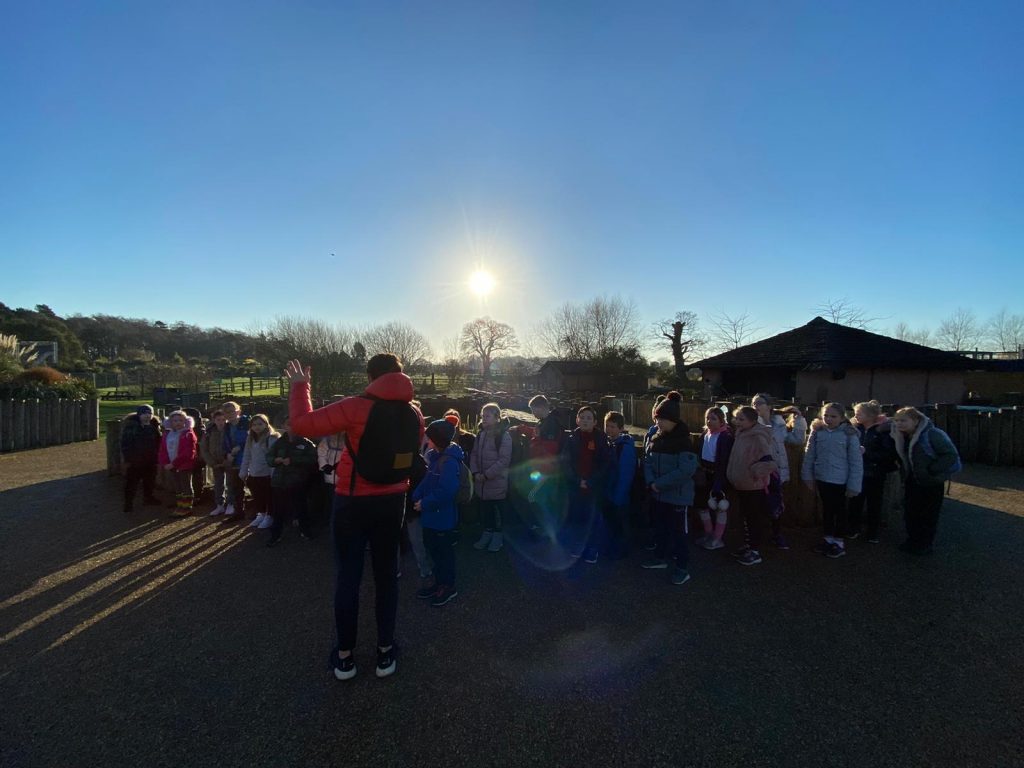
To provide context and develop background knowledge, the first case studied centred around geography, locating Svalbard and comparing the two different localities focusing on geographical and meteorological differences, specifically topographical features as well as comparing the climate of both areas.
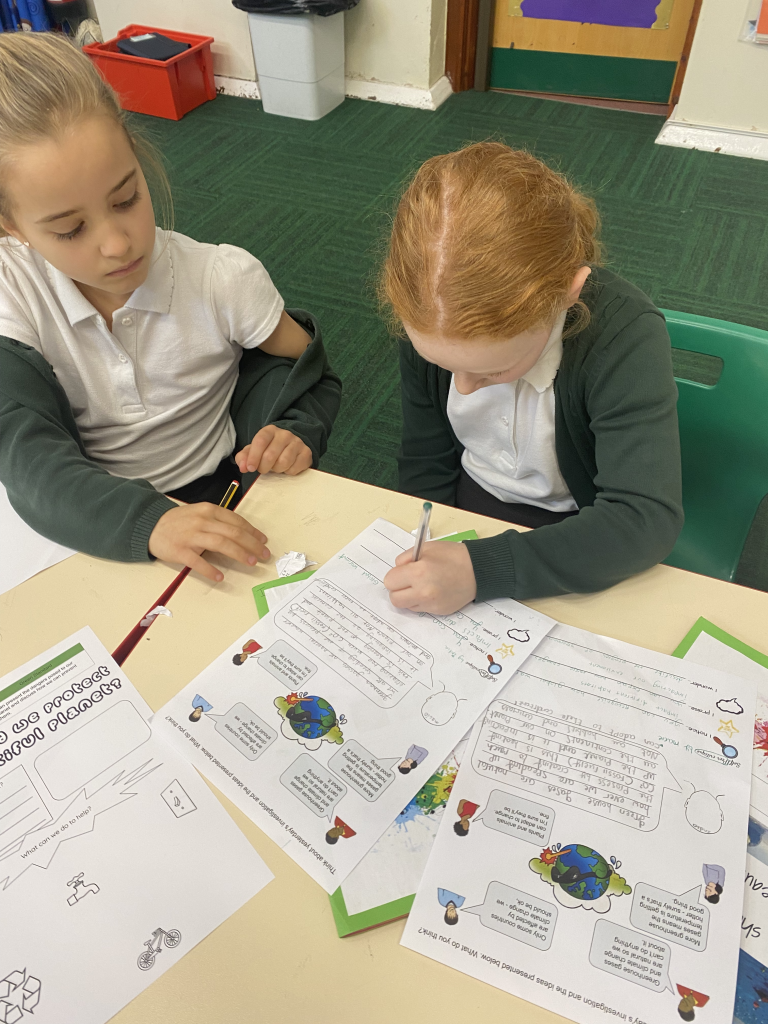
The second case study focused on the dramatic effect that greenhouse gases has on global warming and the impact it has had throughout the world but specifically focusing on the polar regions. Here, children examined many sources of data from scientific reports on air pollution to graphs and tables monitoring arctic ocean sea levels. From this, children then developed their understanding of climate change and the negative impact of humankind on it. To provide context of abstract ideas such as global warming, children undertook scientific experiments such as observing and recording ice under different temperatures as well as examining the different effects of having a thermometer in a closed container opposed to an exposed one. The second case study culminated in the children exploring magnetism and how that can help with recycling. A trip to a recycling centre brought this understanding to life for our children.
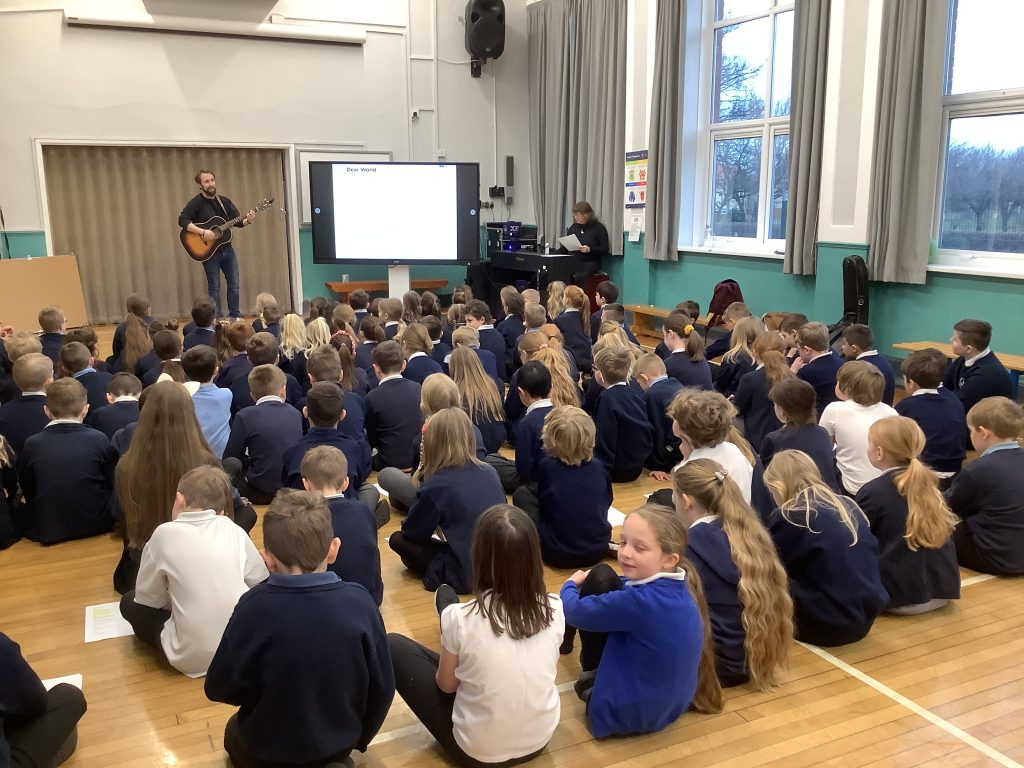
The final case study tied together all the children’s learning from the previous case studies and provided a platform to write their own lyrics to a Trust XP charity single. Here, they worked with experts on songwriting and drew on their learning from the literacy cycle that had a 3 week focus on poetry – using rhymes to construct rhythmic and melodic compositions. During this time, the children evaluated and appreciated music throughout the decades to develop their understanding of melodies, lyrics and composition. Furthermore, they had the opportunity to create music in a class composition – using body percussion to represent a rainstorm and drawing on reused plastic materials to create the sounds. Finally, the children wrote their own verses to the chosen melody which resulted in them singing from memory with accurate pitch, singing in tune and performing with control and an awareness of others
Final Product
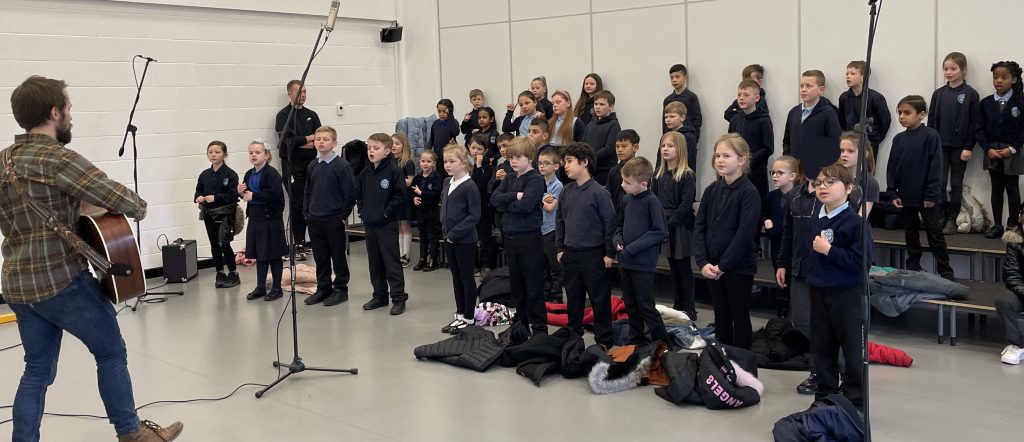
The final product for the Expedition was a Charity CD single, written and recorded by all four primary schools at XP with our experts, Geoff Hewitt and Alex Byard-Cooke.

The school’s then hosted their own celebration of learning by inviting families to come together and listen to the children performing the single. Children articulated the journey of the Expedition and presented key learning outcomes as well.
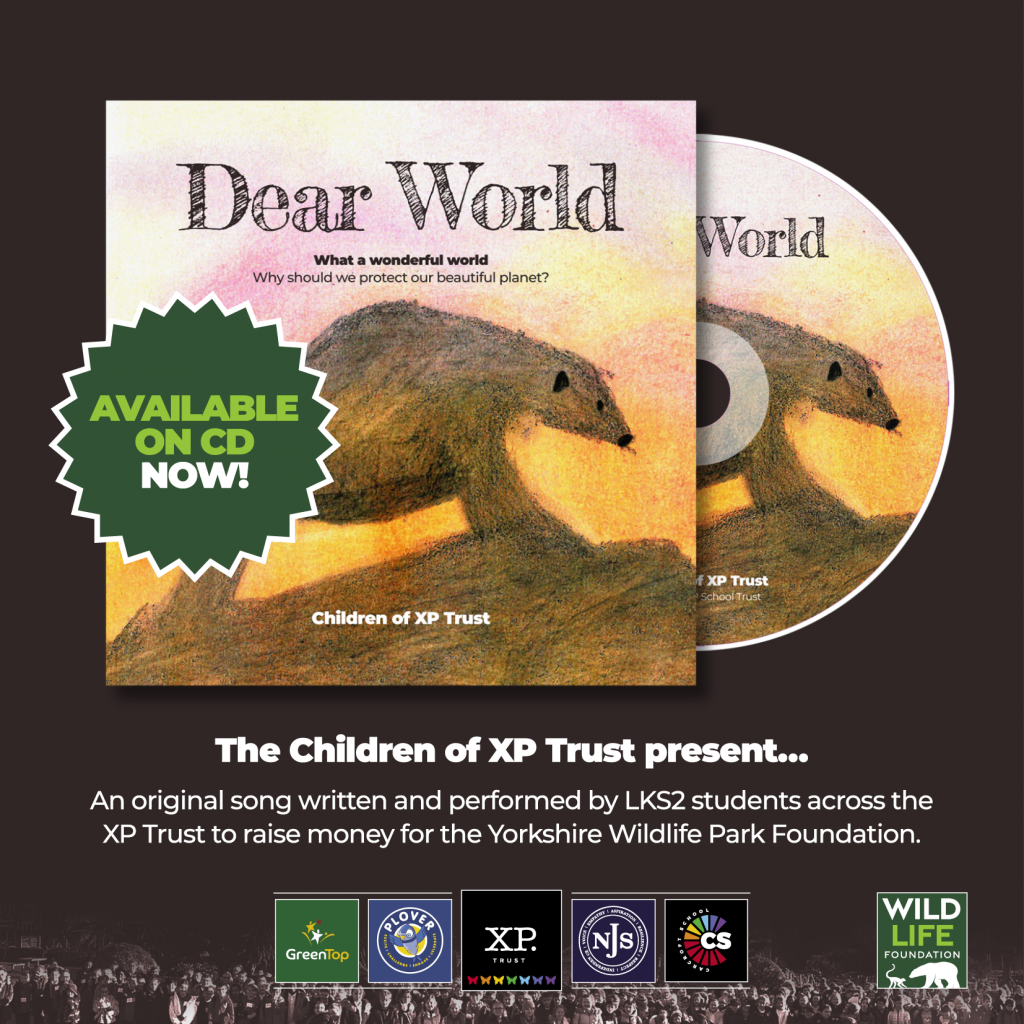
The wider community were then given the opportunity to purchase or download the single and all proceeds were donated to WildLife Foundation – a charity selected by the children and with whom we collaborated throughout the Expedition.

Case Study 1: What are the differences between Doncaster and Norway?
In Case Study 1 we compared and contrasted the the UK and arctic countries. The Case Study had a geography driver and the learning targets were :
- Use maps, atlases, globes and digital/computer mapping to locate countries and describe features.
- Name and locate counties and cities of the United Kingdom, geographical regions and their identifying human and physical characteristics, including hills, mountains, cities, rivers, key topographical features and land-use patterns; and understand how some of these aspects have changed over time.
- Name and locate the countries of Europe and identify their main physical and human characteristics.
- Name and locate the Equator, Northern Hemisphere, Southern Hemisphere, the Tropics of Cancer and Capricorn, Arctic and Antarctic Circle and date time zones. Describe some of the characteristics of these geographical areas.
- Describe geographical similarities and differences between countries.
- Use the eight points of a compass, four-figure grid references, symbols and key to communicate knowledge of the United Kingdom and the wider world.
Case Study 2: What impact have humans had on earth and what changes need to be made?
In Case Study 2, we looked into how things move. Science was a driver for this case study and the Learning Targets were:
Biology
- Recognise that environments can change and that this can sometimes pose dangers to specific habitats.
Physics
- Compare how things move on different surfaces.
- Notice that some forces need contact between two objects, but magnetic forces can act at a distance.
- Observe how magnets attract or repel each other and attract some materials and not others.
- Describe magnets as having two poles.
- Predict whether two magnets will attract or repel each other, depending on which poles are facing.
- Children also developed their knowledge and skills of ‘Working Scientifically’ throughout the Case Study.
Case Study 3: What is rhythm in music?
Our final case study explored music from different points in history Through this case study, children developed their composing and singing skills.
Learning targets:
- Evaluate music using musical vocabulary to identify areas of likes and dislikes.
- Understand layers of sounds and discuss their effect on mood and feelings.
- Sing from memory with accurate pitch.
- Sing in tune.
- Maintain a simple part within a group.
- Perform with control and awareness of others.
- Compose and perform melodic songs.
- Maintain a simple part within a group.
- Pronounce words within a song clearly.
- Show control of voice.
- Compose and perform melodic songs.
